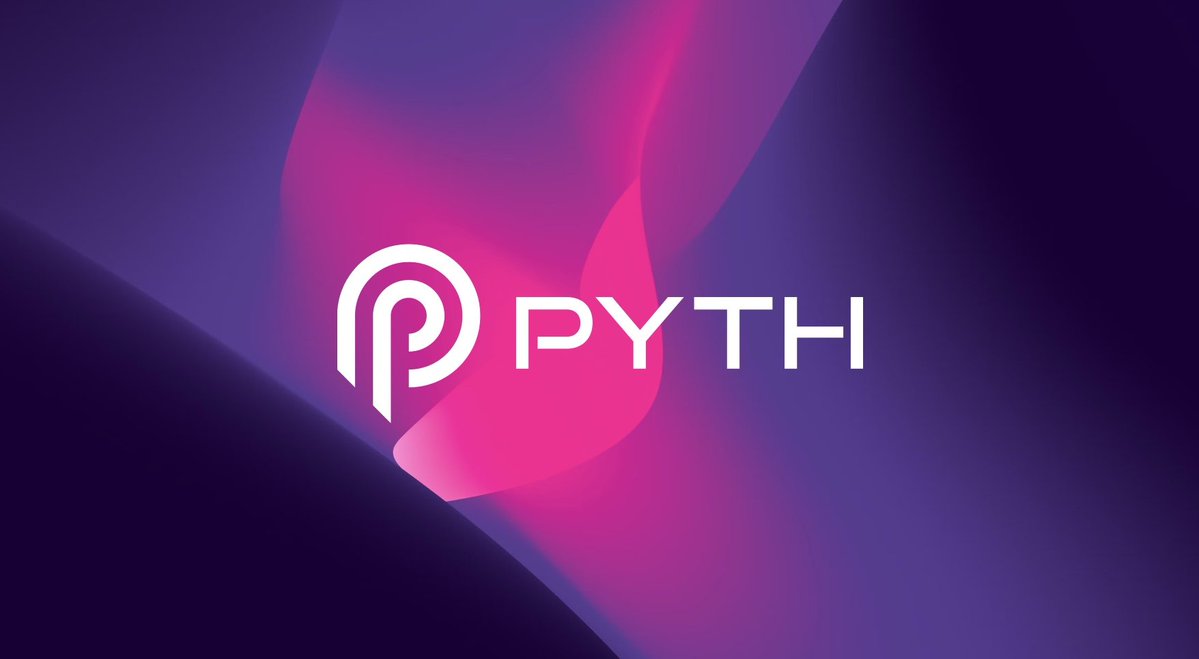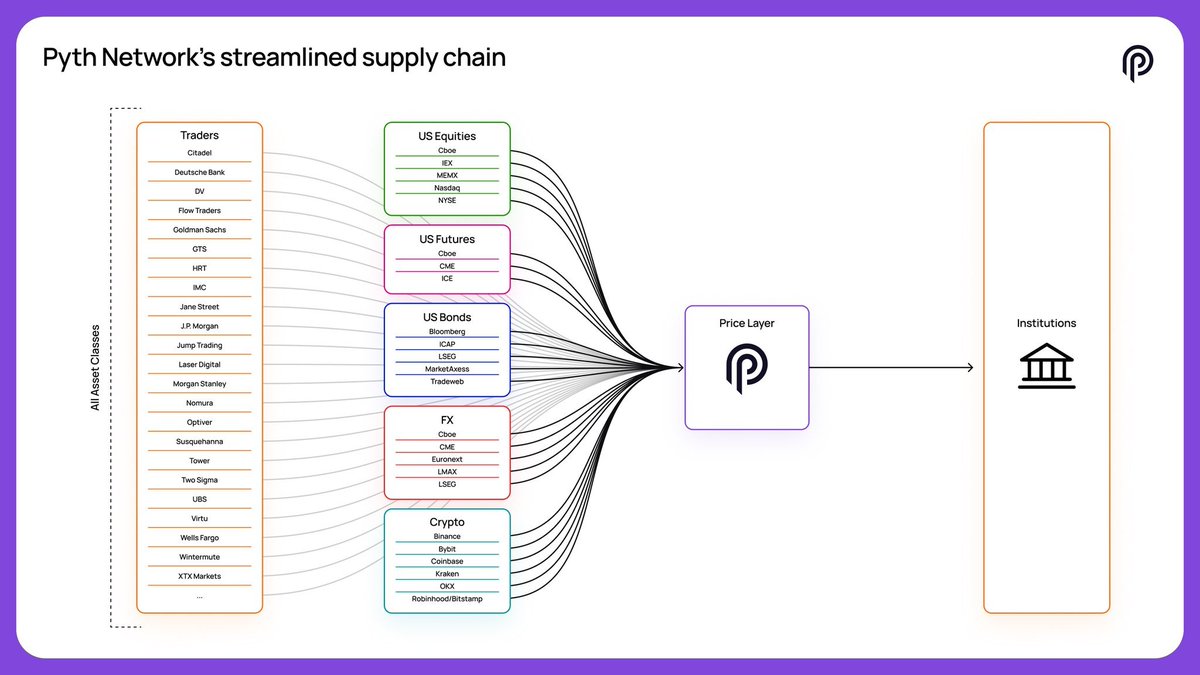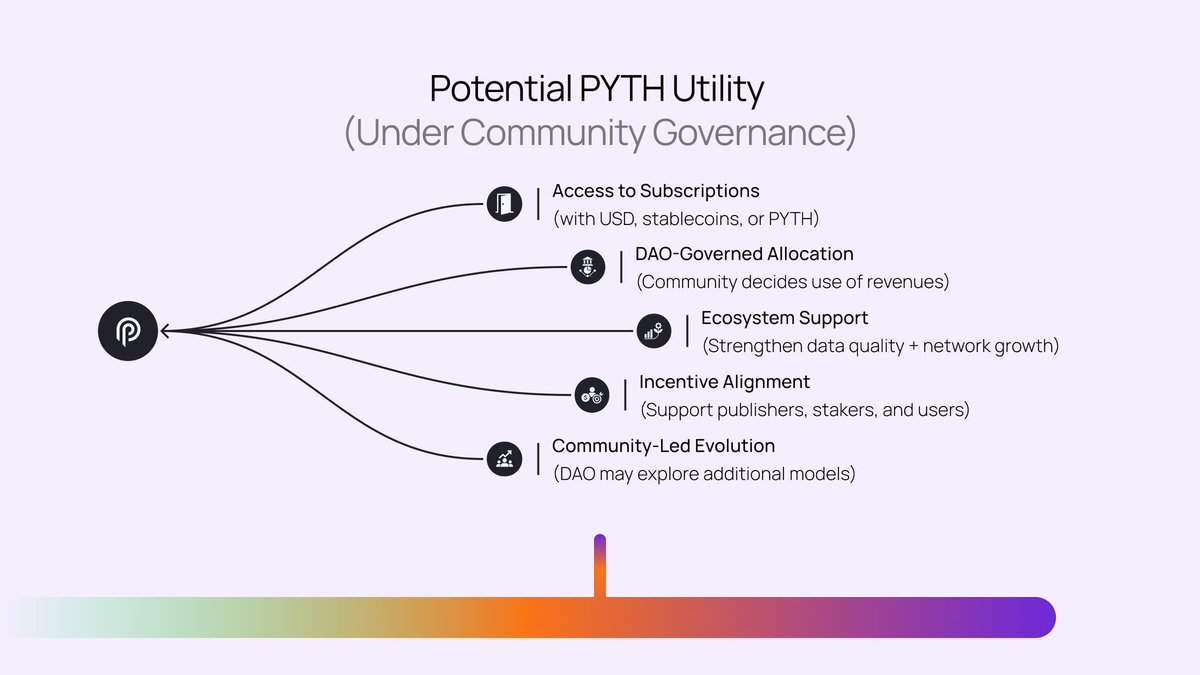Chainlink priced itself as the oracle standard.
Bloomberg built a $50B empire on financial data.
@PythNetwork is now aiming straight at both.
Let’s analyze the strategy 👇🏻
1⃣ From DeFi Core to Global Reach
Pyth already dominates DeFi.
With 600+ integrations, 100+ chains, and $1.6T+ settled, its feeds power lending, derivatives, and stablecoin protocols daily.
No other oracle has matched its 60%+ market share in DeFi derivatives.
But this foundation is only the first act.
2⃣ Where Chainlink Stops, Pyth Starts
Most oracles aggregate or resell.
Pyth sources directly from Jane Street, Virtu, Cboe, Revolut, and 80+ top-tier firms.
The result: proprietary data across crypto, equities, FX, and commodities, updating at millisecond speeds.
That difference explains why institutions are already adopting Pyth over legacy feeds.
3⃣ Phase 2: The Institutional Play
The next step is clear: the $50B financial data market dominated by Bloomberg and Reuters.
Phase 2 introduces a subscription model for risk models, clearing, compliance, and research.
Capturing even 1% of this market means $500M ARR, routed back to the DAO for buybacks, rewards, or incentives.
That’s new token utility linked directly to real-world demand.
4⃣ The Catch-Up Potential
Despite this architecture, $PYTH trades with a ~$680M market cap versus $LINK’s $16B+.
The gap is enormous. If Pyth continues to grow its integrations and expands into TradFi workflows, that valuation delta becomes harder to justify.
The roadmap is designed to close it.
5⃣ Conclusive Note
Phase 1 crowned Pyth the backbone of DeFi.
Phase 2 positions it to disrupt a $50B+ market.
The question is no longer if Pyth can compete it’s how quickly the DAO captures that opportunity.
..




From X
Disclaimer: The above content reflects only the author's opinion and does not represent any stance of CoinNX, nor does it constitute any investment advice related to CoinNX.


